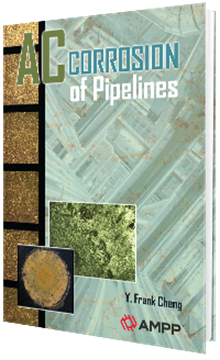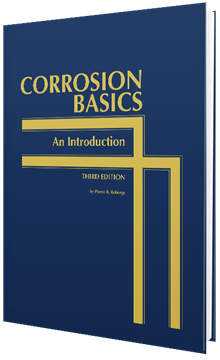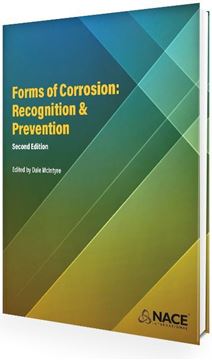This is a print-on-demand (POD) book that will be produced just for you in 2-5 days after your order. It should arrive at your door in about one to two weeks. However, due to supply chain and logistic challenges currently affecting the industry, it may take longer. Allow three weeks for international orders.
This book provides a comprehensive review of the currently used critical measurements of the corrosion potential of the environments in the oil and gas, pipeline, power generation and refinery industries.
Thousands of measurements are conducted daily by chemists, engineer and technicians in labs and at field locations worldwide.
The book describes the equipment required and the methods used, as well as the scientific principles that are the basis for the measurements, to insure they are effectively performed. Decisions on the condition of field equipment as well as the use of corrosion control chemical (inhibitors) are based on properly conducting the measurements and interpreting the results.
2021 AMPP, color, softbound, 480 pages
Product Number:
37643-POD
ISBN:
978-1-57590-399-6
Author:
Wayne F. Frenier, FNACE
$153.75
$205.00
$205.00
This is a print-on-demand (POD) book that will be produced just for you in 2-5 days after your order. It should arrive at your door in about one to two weeks. However, due to supply chain and logistic challenges currently affecting the industry, it may take longer. Allow three weeks for international orders.
Thousands of measurements are conducted daily by chemists, engineer and technicians in labs and at field locations worldwide. The book describes the equipment required and the methods used, as well as the scientific principles that are the basis for the measurements, to insure they are effectively performed. Decisions on the condition of field equipment as well as the use of corrosion control chemical (inhibitors) are based on properly conducting the measurements and interpreting the results.
This is the only comprehensive book on corrosion measurements published in the last 20 years despite more than 1000 published papers on various aspects of the subject. This is a rapidly changing industry and new developments in electrochemistry, surface science and computer models are allowing the industry to measure corrosion conditions faster and with more precision. The book reviews currently used methods employed in these industries, as well as some proposed methods.
Corrosion scientists, engineers and field technicians make measurements continually to understand and then control corrosion and scale damage. Advances in chemistry and engineering technologies now allow the determination of the rate of a corrosion process as well as the manifestation and mechanisms of the causes of corrosion with greater precision. The advances in measurements have then facilitated the development of improved corrosion control methods.
The monitoring and inspection of units may require an analysis of the environment's potential to cause corrosion These processes first require data, and this is the goal of corrosion measurements. The data obtained over hours, days or months then contributes to the inspection and monitoring process, that also may consist of other actions such as a direct physical examination of a unit, such as a buried pipeline or insertion of an inline probe. Additional measurements at that time may be conducted but most are not described in this book.
Since corrosion processes occur in every industry and environment, it is necessary to limit the scope of any book or report. This book will give an overview of the science and technology of corrosion measurements in aqueous-based systems, for a general technical audience.
The emphasis of this book is placed on the basic chemical and mechanical principles for understanding the measurements used to quantify the corrosive conditions in progress and then facilitate and measure the success of control methods.
These basic science subjects are critical to understanding modern measurements:
· Electrochemistry which is directly connected with surface chemistry as metals degrade in an aqueous environment.
· The metallurgical structure of a corroding surface also will be part of the measurement processes and measurements of some of these complex chemical/mechanical interactions will be described. Iron-based alloys are the subject of most of the measurements described in this book.
Hydrodynamic principles that influence corrosion processes in flowing systems also are described.
2021 AMPP, color, softbound, 480 pages




